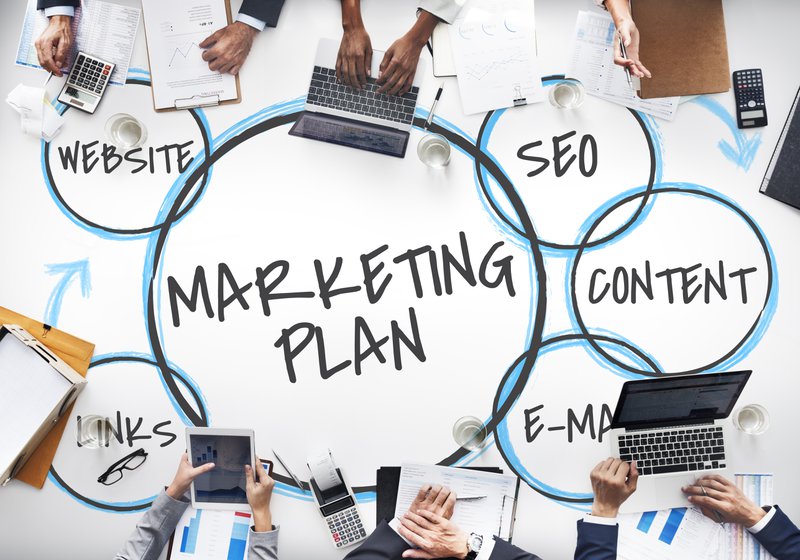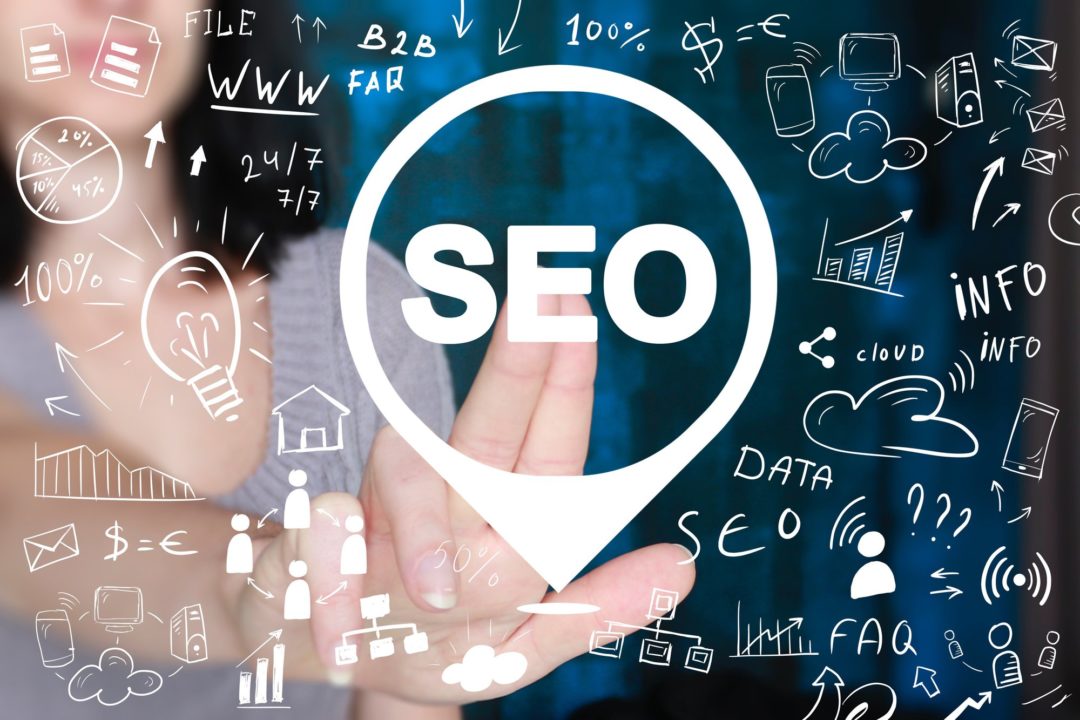SEO for B2B is something businesses need to understand. Why is ranking on Google search results such a huge deal? The simple answer is that the majority (90%) of online experiences begin with a Google search.
With over 86,000 searches happening on Google every second, the importance of Search Engine Optimization or SEO for B2B cannot be emphasized enough.
A quick check on the numbers and the reasons why you should aim to rank on page one become compellingly clear. Page one results garner 92% of all traffic from an average search, with page two traffic only averaging 11.96%. Moreover, HubSpot reports that 75% of searchers never go past the first page of search results. Then there’s the consideration that the first five results account for 67% of all clicks.
Modern buyers, wherever possible, are moving away from in-person interactions, preferring to research their options online before turning to a salesperson. And, in the B2B world, where 61% of all transactions now start online, people are looking for speed, efficiency, a user-friendly website.
This means the more SEO-optimized your site, the better the chances of your business being ranked highly on Google Search Engine Results Pages (SERP). If not, it can easily get lost in the abyss.
Should SEO Be a Part of Your B2B Marketing Plan?

Today’s B2B customers primarily use search engines to find what they need, and if your website doesn't appear in those searches, your brand is effectively eliminated from the purchasing process.
It’s hard not to see the importance of SEO for B2B when organic search is the primary source of website traffic. SEO can help your business connect with customers where they already are, generating more leads, sales, and revenue. In fact, the majority of 1500 marketers polled in a 2021 survey say SEO and an optimized website help them achieve their marketing goals faster.
Without an ongoing SEO program, your website is likely not fully optimized for competitive key search terms that your business's target audience most frequently uses when researching products and services.
Missed ranking opportunities often translate directly into lost leads and sales.
The Biggest Problem Most B2B eCommerce Businesses Don’t Know They Have
Many B2B eCommerce businesses are completely unaware that their products are hidden from the Google bots (which boost their SEO and allow customers to find them).
To understand why let’s take a step back.
B2B vs. B2C SEO
With SEO for B2C, the focus is on getting people to make an instant purchase.
SEO for B2B, on the other hand, is more about increasing brand exposure and generating leads to convert. There is, however, another MAJOR distinction. B2C companies have free-browsing public sites open for search engines to crawl, allowing customers to find them more easily.
For B2B, customers can find you using a search engine when they search for part numbers and descriptions—IF and only IF— the part numbers are not behind the login wall where Google Bots cannot discover and rank them.
When customers hop on Google to look for a product number or a brand, they land on a website requiring them to log in. Only then can they start browsing the website and do partial searches by entering the first few digits of their desired part number.
These items are displayed on a single page, where they can specify quantities before adding them to the cart all at once (or adding them to a requisition list for a supervisor to approve). Finally, they pay on account or PO.
How Do You Stop Hiding From Search Engines?
With those keywords hidden behind a login wall, you are making them inaccessible to Google bots and thus harder for customers to find.
Consider moving the login wall just before the “add to cart” step. This gives Google access to the SEO keywords that make it easier for people to find you. This also eliminates the need to have a second website dedicated to content, part numbers, descriptions, and marketing (with no purchase options).
Other SEO for B2B Best Practices to Implement

Develop Purposeful Keyword Strategy
Identify the key terms and phrases your customers use to find you.
Speak to clients to find out how they discovered you. Check with your customer care team and find out what type of questions consumers are asking. Brainstorm a list of all the terms that characterize your company and its products. Include any industry-specific jargon, phrases, and abbreviations.
Then, leverage keyword research and online ranking data tools, (Google AdWords Keyword Planner, Moz, and SEMRush). From there, you will be able to map two to three keywords to your top organic landing pages.
Know the B2B Buying Journey
In the B2B space, buyers begin with problem identification; conduct extensive research, liaise with their teams, and then make purchasing decisions.
To close the sale, B2B companies must have high visibility. This means websites need to rank well on Google throughout the buyer journey. This is why understanding the buyer's journey before developing a B2B SEO strategy is critical.
Build Customer Personas
First, figure out your audience. Using this as a starting point, begin to build your buyer personas. This gives you more insight into niche needs, concerns, behaviors. Putting yourself in their shoes—knowing what your customers are looking for and when they are looking for it—will help you generate results more quickly.
Work on Link Building
The process of sharing hyperlinks from other websites to your own. The idea behind link building is that if a renowned or high-quality website features a link to your website, they are giving it the credibility of being a good resource.
This effectively improves your website's search rank and increases the number of views. Consequently, the more high-quality websites link to yours, the more Google trusts your site, the higher your SERP rankings.
Optimize Product Pages and Metadata
Product page optimization can help draw qualified traffic and convert browsers into customers. Following SEO best practices can help your product pages gain maximum exposure.
Because customers were directed to what they were shopping for in the first place, there‘s a higher chance of a sale.
Have Thought Leadership Content
Long-form articles, opinion pieces, detailed case studies, any decent B2B SEO plan should incorporate thought leadership content.
It influences brand perception, grabs the attention of decision-makers, and establishes your business as a credible, trustworthy, and competent entity. With buyer personas established, capture audiences by providing them with compelling content around topics they are interested in.
Partner with respected industry bloggers or leaders and create content that viewers want to consume and share.
Optimize Your Website for Mobile
While 56% of traffic to the leading websites comes from mobile devices, only 50% of small business websites are optimized for mobile devices.
What’s more, 91% of consumers say they've turned to a competitor because a business’s website wasn’t optimized for mobile devices. Got your attention right? But, wait there's more. Did you know that search engines will penalize websites if they aren’t mobile-friendly?
In 2015, Google updated its search ranking algorithm to reward mobile-friendly websites. A year later, Google tweaked this algorithm even further so that mobile-friendly websites got an additional boost in search rankings. This means mobile-optimized sites will see an increase in rankings.
If consumers cannot easily access your website from their smartphones, search engines will lower your search rankings, making it harder for consumers to find you.
The takeaway: Without a mobile-friendly site, expect your SEO to take a hit.
Optimize Your eCommerce Business With Smart Solutions

SEO for B2B is a vital component of any marketing plan.
Start by defining your target market, what they're searching for, familiarize yourself with their buying journeys, craft stellar thought leadership content, and optimize your site and pages. Crucially, don’t make the often fatal mistake of hiding all your crucial SEO-traffic-generating part numbers and keywords behind a login wall.
Zobrist can help you connect with your target audience with a mobile responsive and fast-loading website along with the business tools for inventory management, fulfillment, ERP, and more to streamline your back-office operations. Schedule your demo today.




